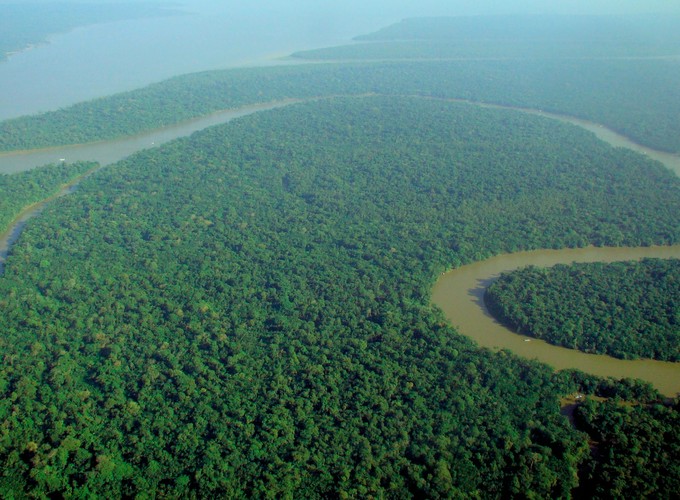In the last few decades, ecologists have collected census data for several ecosystems around the world from communities such as tropical forests, coral reefs and plankton. Despite the diverse biological and environmental conditions of these communities, several macro-ecological patterns, including scaling laws, emerge and show strikingly similar characteristics. The project purpose is the development of a comprehensive vision through a unified theoretical framework, which is able to explain the observed emergent empirical patterns and make quantitative predictions.
This project (acronym SPAED) is structured in five goals, each one tackling a different quantitative aspect of biodiversity and related to complementary sets of open questions. The goals are interrelated and complementary and together provide a complete and quantitative view of biodiversity. All of them are important for the grand goal of the development of the Standard Model for Biodiversity.
Goal 1. Up-scaling of patterns: extrapolate patterns such as the relative species abundance, the total number of species, and the total number of rare species at the largest scale of the whole ecosystem from fragmented data.
People: Anna Tovo, Samir Suweis, Marco Formentin, Amos Maritan
Collaborators: S. Azaele, J. BanavarGoal 2. Develop a general scaling theory in a model independent scheme, which predicts scaling relations among power law exponents of the emergent patterns and finite size scaling.
People: Amos Maritan
Collaborators: A. Giometto, A. Rinaldo, J. BanavarGoal 3. Unerstangind the role played by the topology and characteristics of the species interaction network.
People: Amos Maritan, Samir Suweis, Daniel Maria Busiello
Collaborators: J. Grilli, S. AllesinaGoal 4. Stochastic modeling of biodiverse ecosystems: understanding the role of interaction matrix (i.e. interaction networks in the space of species) besides birth-death processes.
People: Samir Suweis, Anna Tovo, Leonardo Pacciani, Amos Maritan
Collaboratos: J. Banavar, S. Azaele, J. GrilliGoal 5. Population-resource modelling in microbial ecosystems: understanding how competition influences and drives biodiversity.
People: Leonardo Pacciani, Samir Suweis, Amos Maritan
Collabotors: J. Grilli
Funding (goals 1-4): Fondazione Cariparo (2018-2021).
